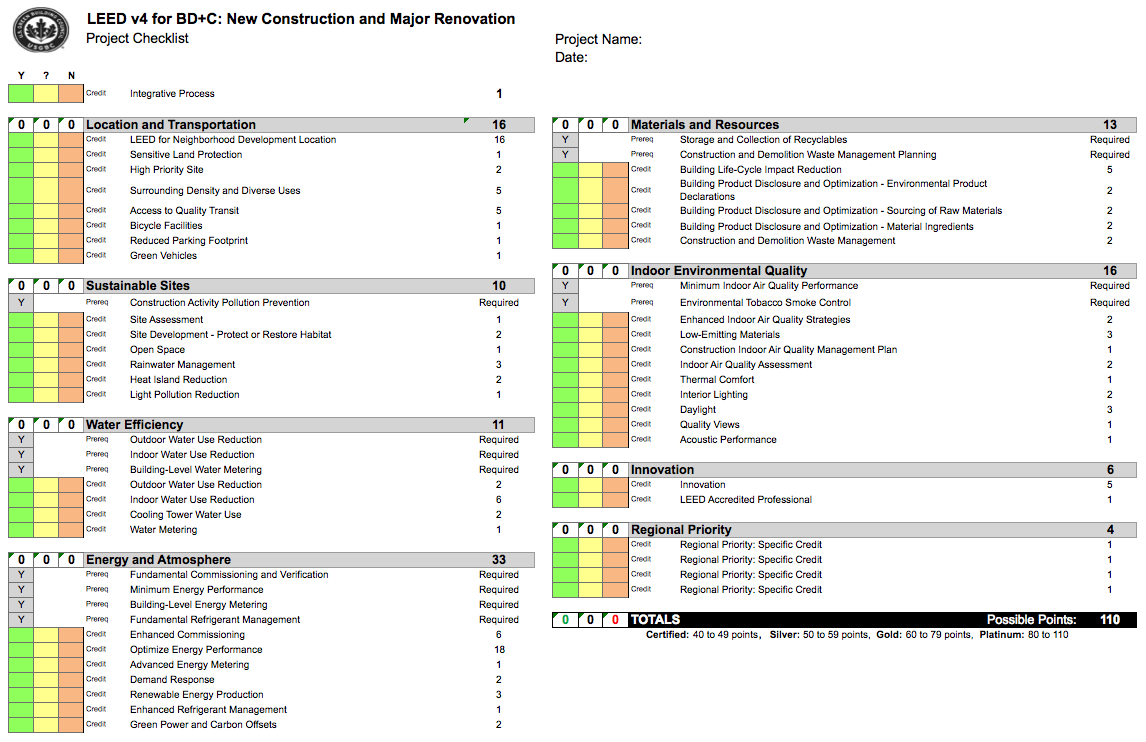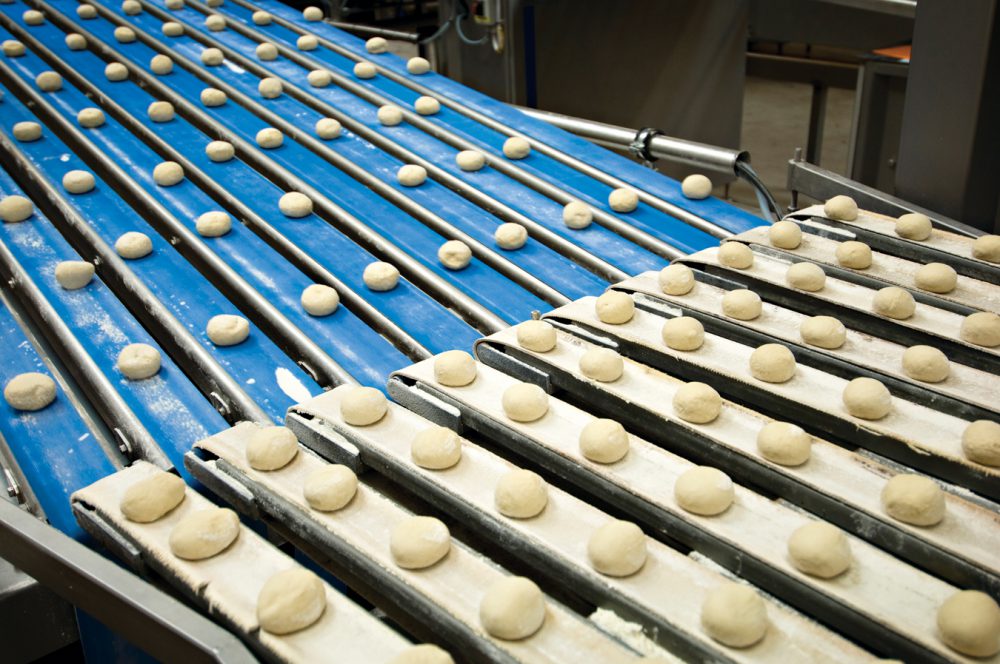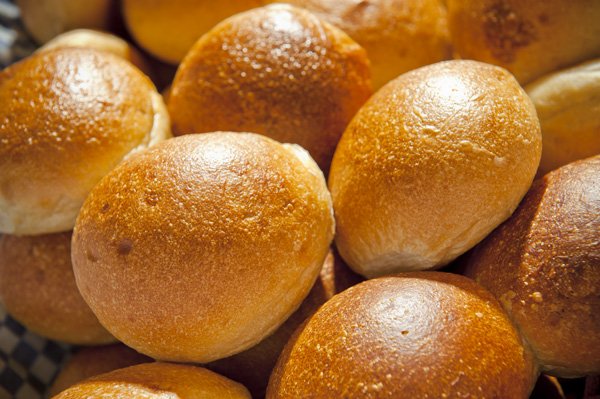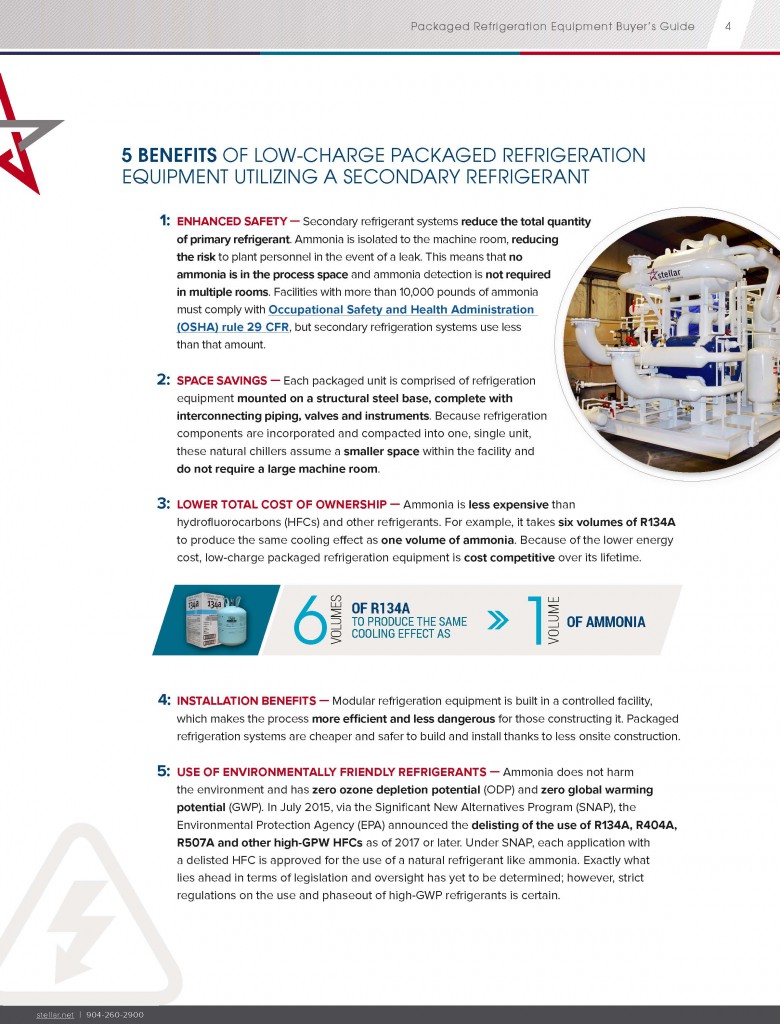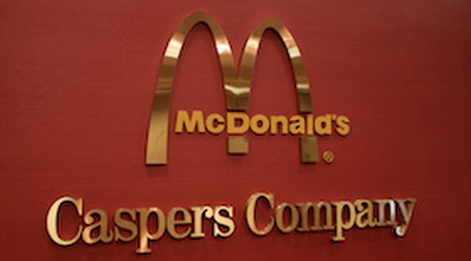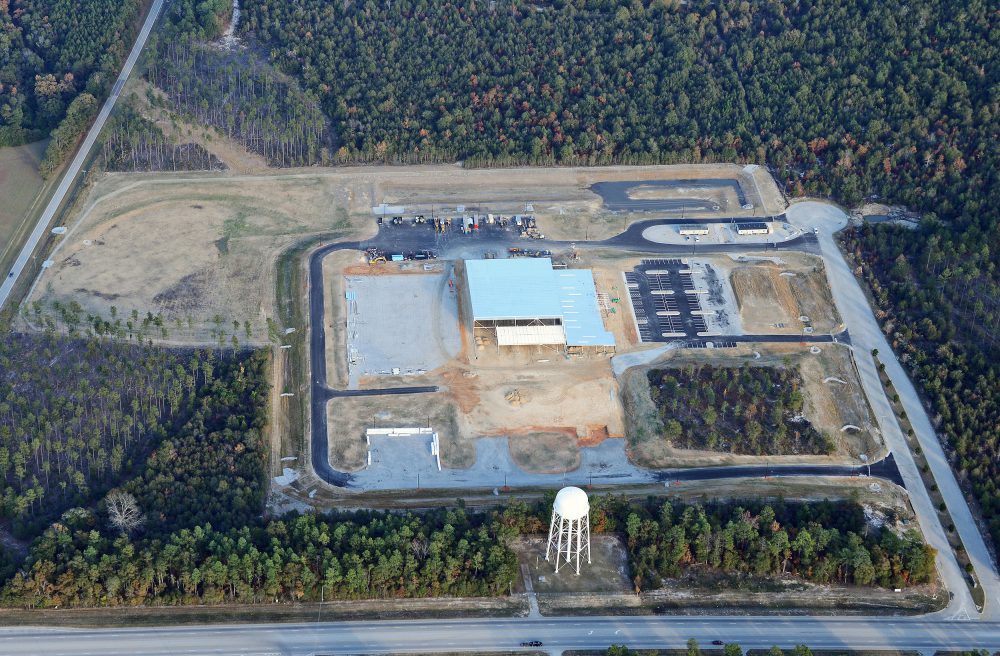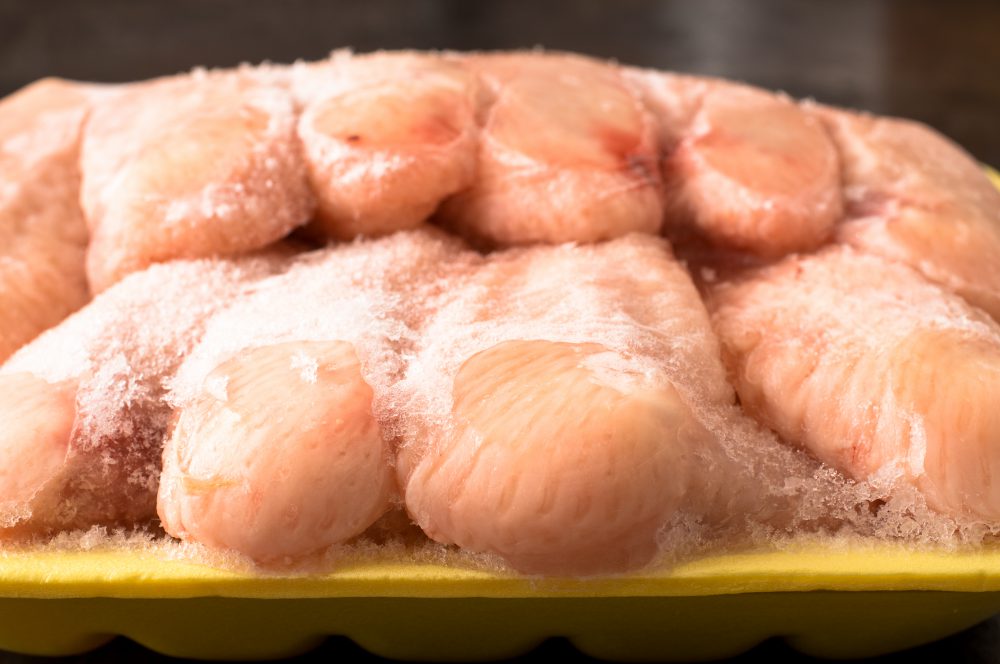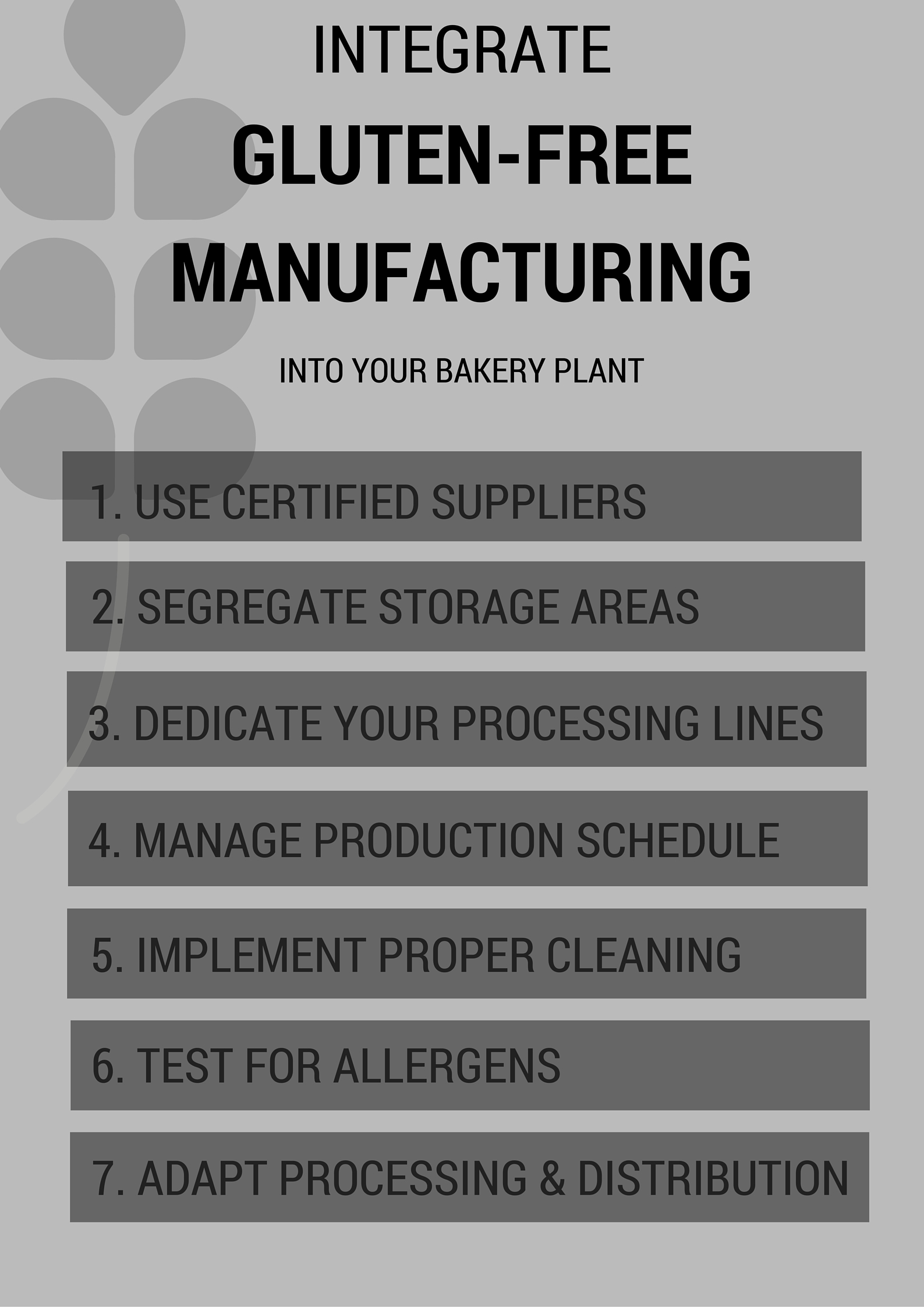What’s New in LEED v4: Big Picture Changes, Updates for Building Design and Construction
LEED v4 is here. This latest version of the LEED rating system is “bolder and more specialized for building projects worldwide,” and it features more rigorous standards. While some of the credits and prerequisites are essentially the same as the 2009 version, there are some significant changes you should know about if a new build or renovation is in your future.




